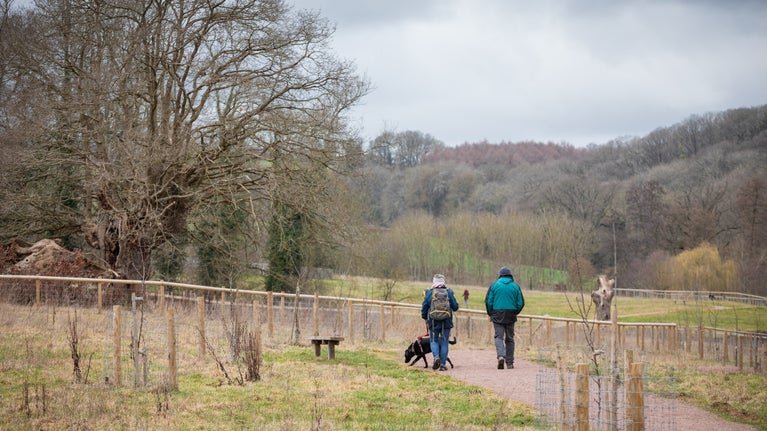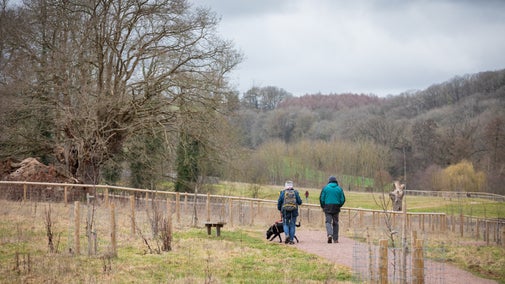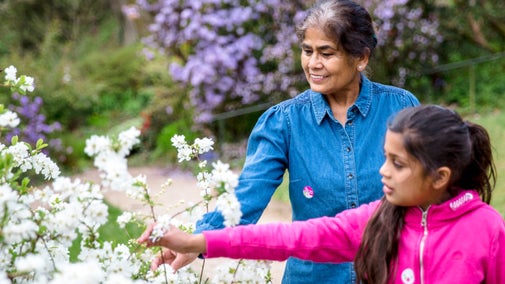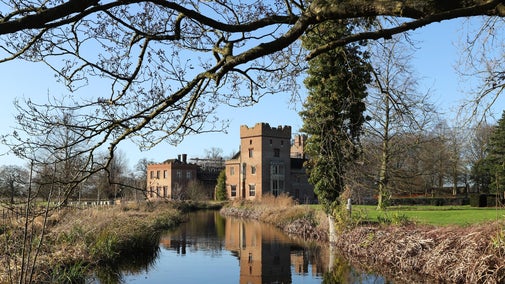'Reimagining' the lost orchards project
From 2019 to 2022, we worked with our local community to restore three lost orchards at Brockhampton. Across 21 acres, over 700 fruit trees have been planted, including many varieties of apple, pear, damson, plum and quince. ‘Edible hedgerows’ consisting of fruit and nut producing plants such as elder, hazel, blackthorn and rowan, have also been planted around the orchards, providing an ecological mix for pollination and habitat.From 2019 to 2022, we worked with our local community to restore three lost orchards at Brockhampton. Across 21 acres, over 700 fruit trees have been planted, including many varieties of apple, pear, damson, plum and quince. ‘Edible hedgerows’ consisting of fruit and nut producing plants such as elder, hazel, blackthorn and rowan, have also been planted around the orchards, providing an ecological mix for pollination and habitat.
As well as planting hundreds of fruit trees, together we have transformed grazing pasture into lowland wildflower meadows that support biodiversity, creating spaces where people can connect with nature through the seasons.
Around 3km of accessible paths have also been installed, which start in the historic damson orchard near the manor house and continue on into the newly replanted fields. You can follow the winding path through the original ‘reimagined orchard’ which was designed and created by artist Walter Jack, in collaboration with Rathbone Partnership, back in 2019. Walter Jack designed the first orchard by creating five chambers which will eventually be surrounded by lowland meadow. Here you can discover unusual and rare varieties of fruit, specially chosen to tell the story of the eating apple, from its origins in Kazakhstan through to its well-known and traditional use as the Herefordshire cider apple.
















